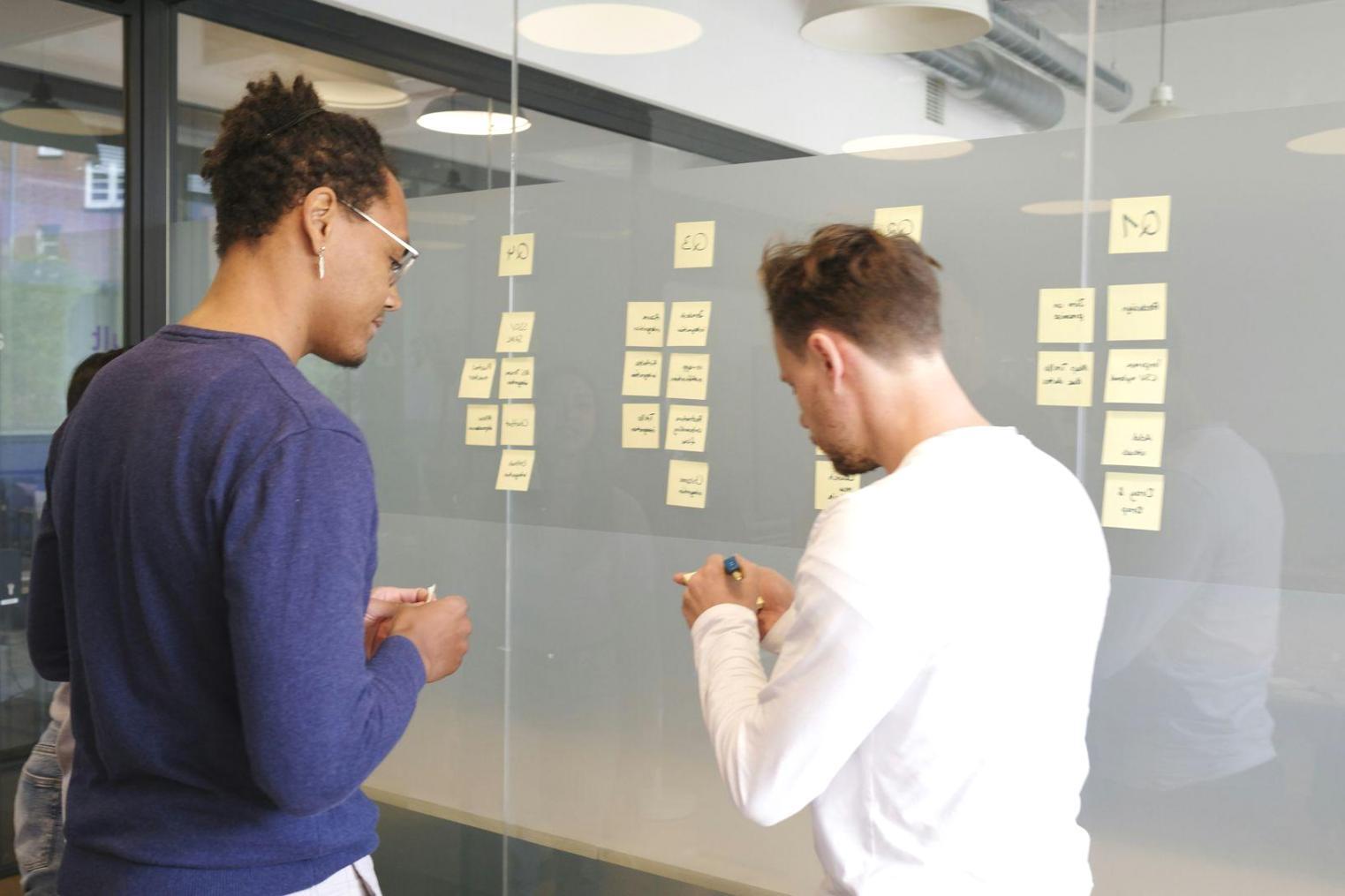Real Integration Challenges, Real Solutions
We've spent years helping companies untangle messy API connections and build testing frameworks that actually work. Here's what that looks like when everything comes together.
From Daily Failures to Reliable Connections
One of our clients ran an e-commerce platform processing thousands of transactions daily. Their payment gateway integration was failing roughly 15 times per day—sometimes more during peak hours. Each failure meant lost sales and frustrated customers calling support.
We started by mapping every single API endpoint they were using. Turns out they had inconsistent error handling across different services, and some timeout settings were way too aggressive for Thailand's network conditions.
-
Testing Framework Overhaul
Built automated tests covering 200+ integration scenarios, including network lag simulation and partial response handling. The tests run before every deployment now.
-
Smart Retry Logic
Implemented context-aware retry mechanisms that distinguish between temporary network hiccups and actual API errors. This alone cut false failures by 60%.
-
Monitoring Dashboard
Set up real-time tracking for API health metrics. Their team now spots potential issues before customers do, usually within 2-3 minutes of deviation from normal patterns.

How We Actually Work Through Problems
Every integration project is different, but there's a pattern to how we approach testing and debugging. This is what the process typically looks like from our end.
Deep Discovery Phase
We spend 1-2 weeks just documenting what you currently have. API contracts, data flows, error logs—everything. Sometimes we find undocumented integrations that nobody remembers setting up. Happens more often than you'd think.
Identifying Weak Points
We run stress tests, check historical error patterns, and look for places where things might break under load. The goal isn't to find every possible bug—it's to find the ones that'll cause real problems for your users or your team.
Building Test Coverage
This is where we write tests that match how your system actually behaves in production. Not just happy-path scenarios—we test for weird edge cases, slow networks, partial data, and the kind of stuff that only happens at 3am when you're asleep.
Gradual Implementation
We don't rebuild everything at once. Instead, we fix the riskiest issues first, then work our way through the rest. Your system stays operational the whole time, and we can adjust based on what's working and what needs more attention.
Knowledge Transfer
Before we wrap up, we make sure your team knows how to maintain and extend what we've built. Documentation, walkthroughs, answering questions—whatever it takes so you're not dependent on us for every small change.
Logistics Provider Integration
A logistics company needed to connect their warehouse system with multiple shipping carrier APIs. Each carrier had different authentication methods, rate limiting rules, and data formats. The project took four months from planning to full deployment.

Got Integration Headaches?
Whether you're dealing with flaky API connections, slow response times, or just need better test coverage, we can probably help. Let's talk about what you're working with and figure out if we're a good fit.
Start a Conversation